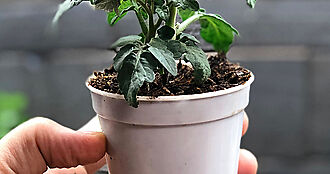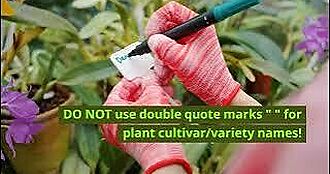Blue Grape Hyacinth
Blue Grape Hyacinth, Muscari
Blue grape hyacinths are among the flowers that signal the emergence of spring. These tough bulbs are the perfect accompaniment to other spring bulbs; they contrast beautifully with just about any color combination.
Growing
Blue grape hyacinths prefer full sun or partial shade. The soil should be moist, well drained and organically rich. Plant the bulbs 4" deep in fall.
Tips
Blue grape hyacinths are great for naturalizing under shrubs and trees, and they look best when planted in clusters. They can be used in low-maintenance and low-water plantings and in mixed perennial beds. Blue grape hyacinths look beautiful planted with perennials that will slowly envelop the tired-looking grape hyacinth foliage as they fill in.
Recommended
M. armeniacum has showier, larger blooms than other Muscari species. It naturalizes very well in our Texas soil and climate.
M. botryoides is a compact form that produces grass-like foliage and clusters of urn-shaped, blue flowers atop 12" tall, slender green stalks. The flowers emit a strong, musky scent. It must be replanted every few years.
Also called: common grape hyacinth
Features: grape-like clusters of fragrant, purple to blue flowers; attractive habit
Height: 6–12"
Spread: 6–8"
Hardiness: zones 3–8
Notes: Because grape hyacinth foliage persists through winter, this species can be planted as a marker around other bulbs to ensure that they aren’t forgotten and inadvertently dug up.



